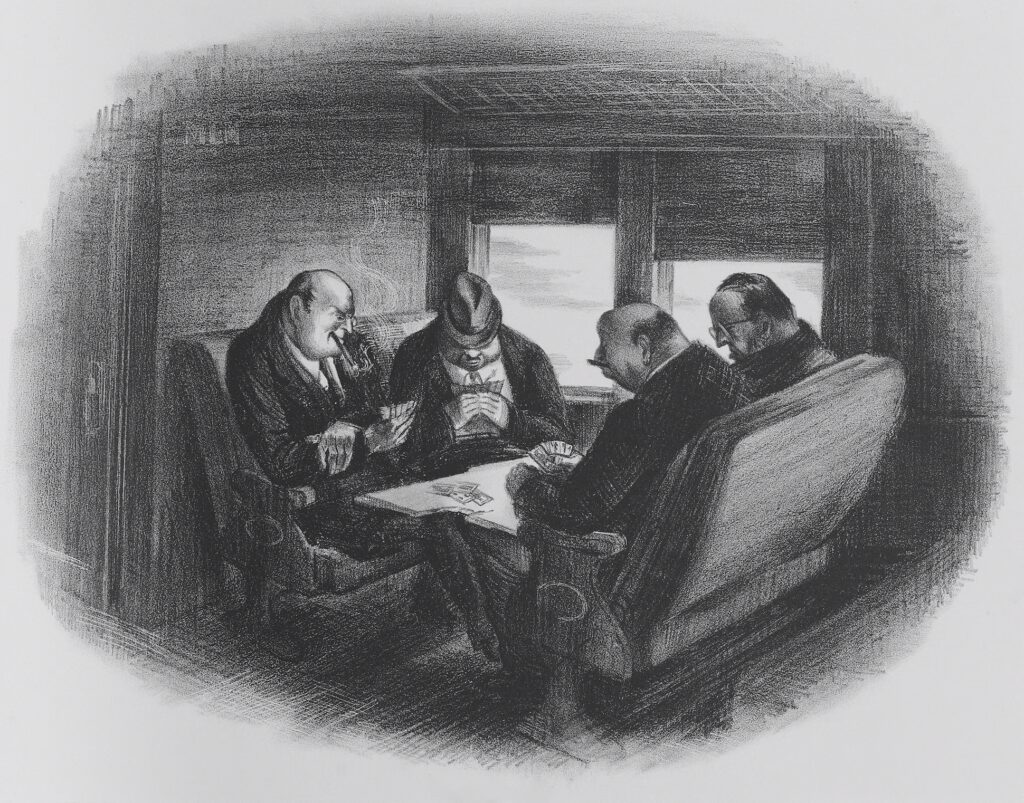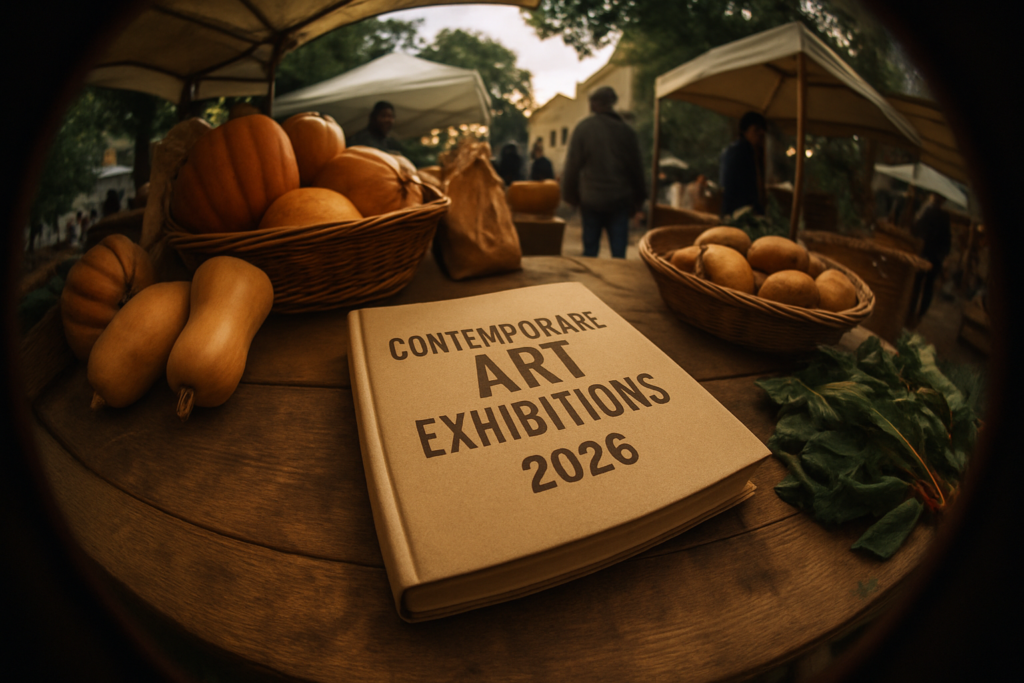The human condition has long been depicted in art and literature, romanticizing the simplest acts and cultivating stories for generations to look back on. Poker and card games have been the subject of creative works for a long time, with their intertwined history even seeing the game serve as the means to fund the literary ventures that tell their tale. Quintessential American magazine The New Yorker was founded with funds from a poker game (and was almost lost to another one.)
Harold Ross then put his bet on the weekly magazine that would become a massive figure in journalism, even a hundred years after its inception. It would change and reflect the perception of readers, just as memorable pieces of art do. Throughout the centuries, this dance has been reflected in some of the most iconic works on poker and card games.
1. The Cardsharps by Caravaggio (1594)
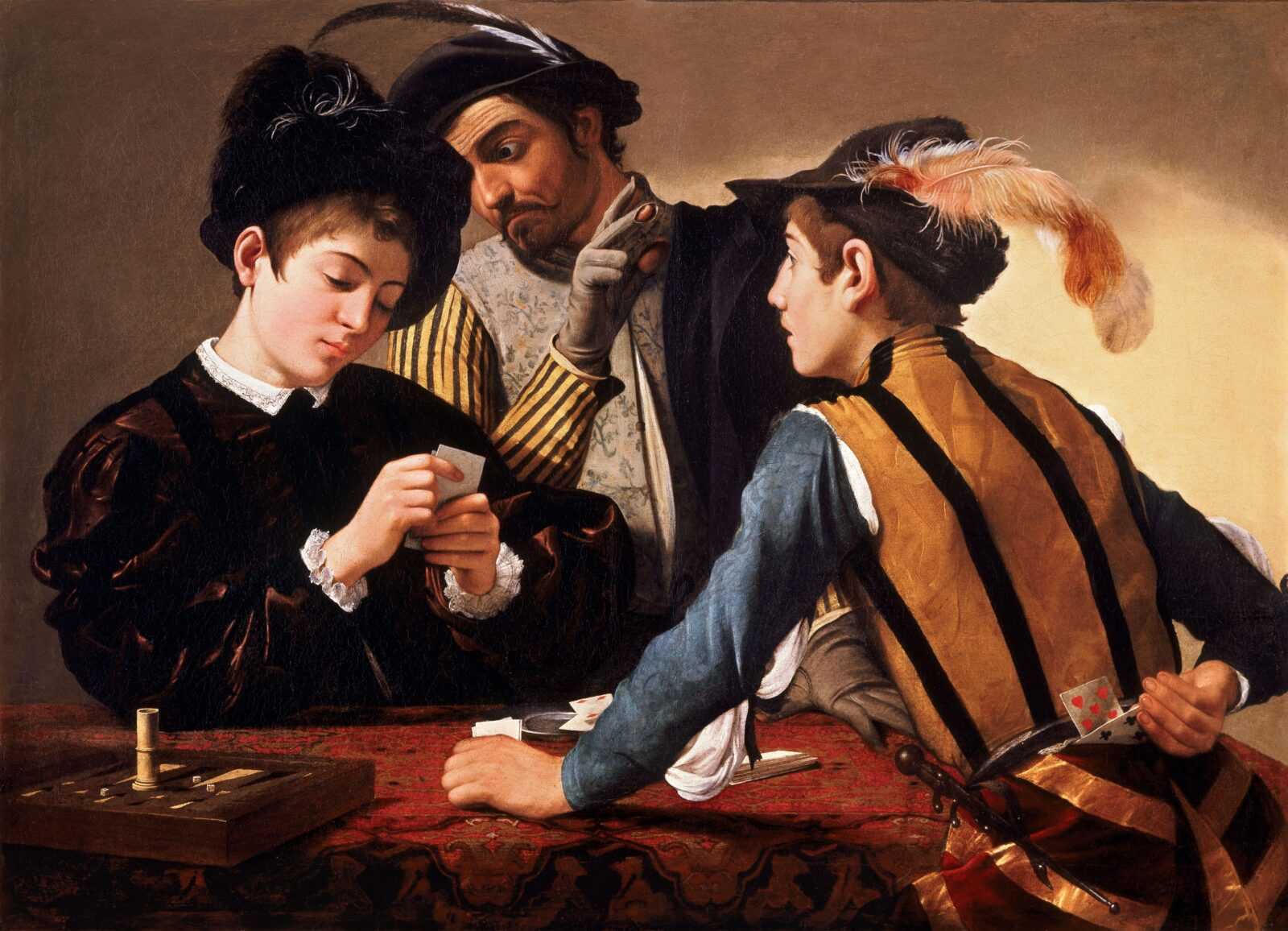
Credit: Caravaggio. The Cardsharps. 1594. Wikimedia, https://commons.wikimedia.org/wiki/File:Caravaggio_(Michelangelo_Merisi)_-_The_Cardsharps_-_Google_Art_Project.jpg
Carravagio is known for his dramatic and tempestuous style of art, which reflects his life in many ways. One of his most famous paintings is The Cardsharps, which depicts a boy cheating his way to victory by tucking extra cards in his belt behind his back. Behind the victim, an older gentleman signals the cardsharp to make his move. When examining the table, the viewer can see that it depicts the old Persian card game called zarro. The Duke of Milan banned this game due to its social dangers, only for it to eventually be superseded by poker.
This painting offers an interesting perspective on morality’s role when playing card games with real stakes. Though the nature of the game may have changed over time, the propensity for deception and trickery is still an issue players face today. The Cardsharps is now considered one of the most popular depictions of unhealthy gambling behaviors by psychiatric experts.
2. The Cheat with the Ace of Clubs by Georges de La Tour (1630)
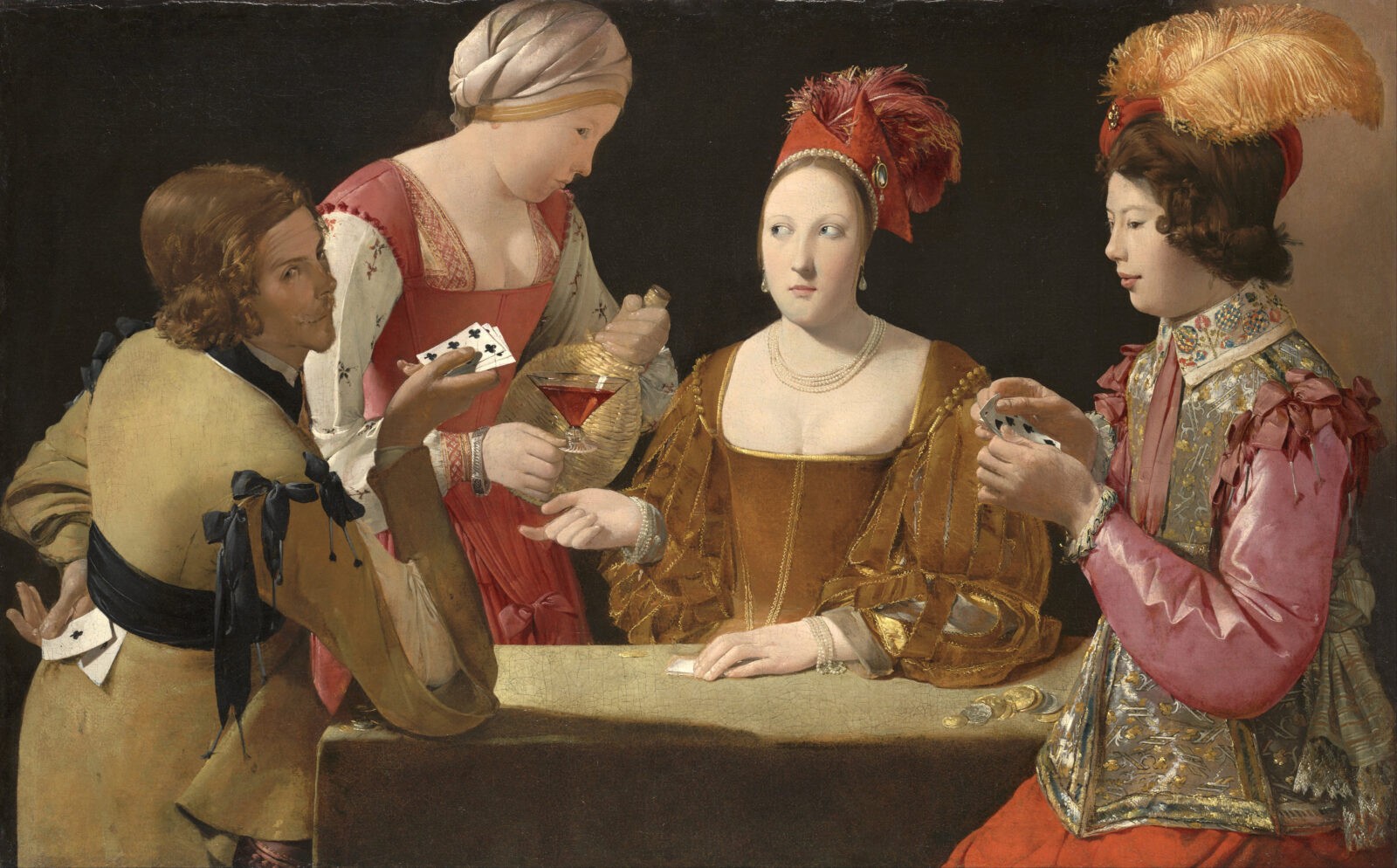
Credit: de La Tour, Georges. The Cheat with the Ace of Clubs. 1630. Wikimedia, https://commons.wikimedia.org/wiki/File:Georges_de_La_Tour_-_The_Cheat_with_the_Ace_of_Clubs_-_Google_Art_Project.jpg
Caravaggio’s work inspired many famous artists who followed, including the French painter Georges de La Tour. The Cheat with the Ace of Clubs is one of two variants, the other featuring an Ace of Diamonds instead. There are also slight differences in the colors, clothing, and accessories to emphasize the atmosphere of the deception happening.
The difference may seem glaring, but the tying factor between the two is how the ‘cheat’ in question also breaks the fourth wall, looking directly at the viewer to demonstrate his greater awareness. It’s a fascinating way to showcase how motifs and themes can significantly impact how a piece of art tells the story. To this day, modern artists like Luna Rivera and Oliver Baker — who follow 2024 Abstract Art Trends — use the same techniques in color experimentation to evoke emotions more effectively.
3. Poker Game by Cassius Marcellus Coolidge (1894)
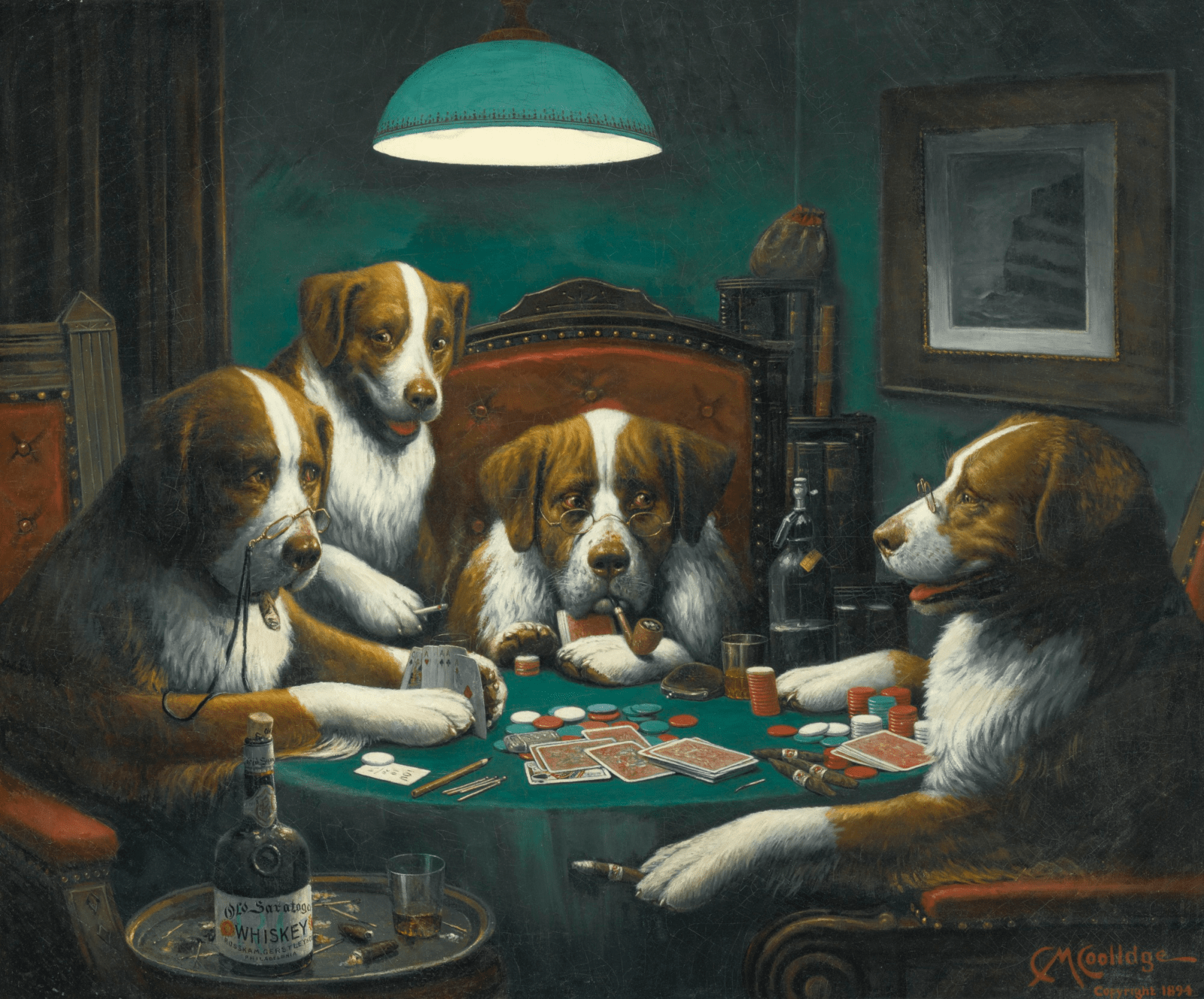
Credit: Coolidge, Cassius Marcellus. Poker Game. 1894. Wikimedia, https://commons.wikimedia.org/wiki/File:Cassius_Marcellus_Coolidge_-_Poker_Game_(1894).png
When discussing poker in art, it’s practically impossible not to mention Dogs Playing Poker. This piece has seen so much distribution and replication over the years, and has even been referenced countless times in different media. When being talked about, people often refer to it as the sole painting created in 1894. However, this is just one of many paintings made by Cassis Marcellus Coolidge in a set totalling 18 different depictions. The original painting was titled simply Poker Game.
While other artists use poker as set dressing for the humanity of the game, Coolidge plays around this by starring anthropomorphic dogs as the stars. Its iconography has transcended genres, with Spanish luxury house Loewe reworking the art into high-fashion fleece streetwear. Adding some foxes to the mix, the poker-playing dogs now grace the shorts, shirts, and pullovers of stylish dressers across the globe.
4. Portrait of Tom Dwan by Emilse Hirsch (2024)
View this post on Instagram
We fast-forward to modern art. From the Tupac murals to Jeff Koons’ sculpture of Lady Gaga, contemporary artists’ sensibilities have shifted to the people who define pop culture. For the poker world, this means immortalizing the likes of American professional poker player Tom Dwan. Holding the record for the biggest televised cash game pot ever won, the ACR Pro is one of the first faces to grace the series of poker star paintings created by actor Emile Hirsch. After starring in Dead Money, Hirsch started painting various legends in the professional space as his fascination with poker grew.
Naturally, this includes the fortuitous moment when Dwan would embody the high stakes of US poker. Dwan represents Americas Cardroom, which is primarily known as the largest site for online poker tournaments in the country. With its huge schedule of events and promotions for different skill levels, the platform has accrued an impressive team of pro players backing the site. Hirsch’s painting is a compelling image of modern poker, with online games becoming the norm and digital landscapes unfathomable to the players of yore. In software features and security, there would be no success for a cardsharp or the pocket tactics of ‘the cheat’. Instead, we see the emergence of skilled players who become known for their journeys from amateur to veteran.
Read more art news, artist spotlights, and interesting insights on art from Innovative Palette Mastery.
